Multi-purpose rocket Thales LMM Martlet. Threat of a new generation
Despite all the difficulties, the UK has completed the development and adopted the Thales LMM light multi-purpose guided missile. This product is intended for use on helicopters, boats and land platforms, as well as as part of portable anti-aircraft systems. Its task is to defeat various ground, surface and air targets. The missile has already been launched on the international market, is being sold to third countries and is even being used in a combat situation.
Multipurpose weapon
At the end of the XNUMXs, the British Department of Defense launched the Future Air-to-Surface Guided Weapon (Light) or FASGW (L) program, the purpose of which was to create a light air-to-surface missile for sea helicopters. aviation. In 2008, Thales Air Defense Ltd received an order to develop such a project.
The new FASGW(L) product is based on previous Thales projects, primarily Starburst and Starstreak MANPADS. The use of such solutions allowed expanding plans, and the goal of the project was to create a multi-purpose missile for different platforms, from helicopters to man-portable anti-aircraft systems. At this stage, the FASGW (L) program received a new designation LMM (Lightweight Multirole Missile - “Lightweight Multi-Purpose Missile”).
In April 2011, even before the start of testing, the Ministry of Defense issued a preliminary contract for mass production to the contractor. Under its terms, Thales from 2015 was to supply 1000 missiles in the version for KVMS helicopters. The main carrier of such weapons was the AgustaWestland AW159 Wildcat helicopter.
Flight tests began in October of the same year and showed the overall capabilities of the product. However, the development of the complex was delayed, and the series was launched only in 2020. Shortly thereafter, deliveries of ready-made LMMs began, which were put into service under the name Martlet (“Swallow”). In May 2021, initial operational readiness was achieved, and full operational readiness is expected only in 2024.
In 2019, the LMM products were tested as an anti-aircraft missile, and on two complexes at once. The first air defense system was made on the basis of the DS30M Mk 2 shipborne artillery mount, and the second was made from the serial Starstreak MANPADS. The ship's rocket and gun installation performed well and soon entered trial operation on one of the combat frigates.
The fate of the Martlet MANPADS remained unclear for some time. But last year, the first batches of serial products were delivered to the units. In the army, the new LMMs complement the existing Starstreak systems. In addition, in recent weeks it became known about the start of export deliveries. Moreover, one of the importers even managed to use a new weapon in a real conflict.
Universal rocket
At the heart of the LMM Martlet project in its final form is an original idea. A light guided missile with the necessary flight and combat characteristics was created, on the basis of which several different complexes were completed. The latter include their own launchers and a unified control unit.
The LMM missile is made in a cylindrical body with a pointed head. Near the fairing are rudders without the possibility of folding; folding stabilizers are placed in the tail. Control equipment is located in the head compartment, the warhead is placed behind it, and the tail volume is given over to the engine. The length of the product without TPK is 1,3 m, the outer diameter is 76 mm. Weight - 13 kg.
The product is equipped with a combined guidance system, including tail receivers of laser radiation and an optical seeker under the head fairing. There are several operating modes. The missile can follow a laser beam, like a Starstreak product, or aim at a laser-illuminated target. In the final section of the trajectory, the infrared mode of the seeker is switched on.
The missile carries a cumulative fragmentation warhead weighing 3 kg. Undermining is carried out by a laser non-contact fuse, the windows of which are located behind the fairing. The parameters of the cumulative jet and the fragmentation field are not specified. It was only reported that the LMM effectively fights air targets and ground armored vehicles.
The Martlet project used a dual-mode solid propellant engine, different from the engine on the Starstreak rocket. It accelerates the rocket only up to Mach 1,5, but provides a controlled flight of 8 km. It is assumed that the reduction in speed not only improved the launch range, but also simplified the process of control and guidance.
The LMM rocket carrier, regardless of its class, must have mounts for installing TPK and unified control equipment. The latter includes optoelectronic means with a night channel, a laser rangefinder-target designator and, in some configurations, an automatic target tracking.
For helicopters, a suspended launcher of the traditional type has been developed for five TPK "Lastochek". On ships and boats, it is proposed to install the DS30M Mk 2 installation with additional mounts for five missiles. In the MANPADS version, the Martlet missile is used with a control unit and other equipment from the Starstreak complex. In particular, the existing three-shot launcher placed on a tripod or on a suitable vehicle is fully compatible. At various exhibitions, medium-class UAVs carrying one or two LMM missiles were demonstrated.
In service and in combat
Since 2020, serial LMM missiles have been supplied to the naval aviation unit of the British Navy. They are used by Wildcat helicopters. Since last year, the universal missile system has been actively used in training events. The missiles are used against surface and coastal targets and show good results. Almost simultaneously with fleet the army received new missiles in the MANPADS version. She also uses them in target practice.
Not so long ago, at the end of March, it became known about the first export delivery of Martlet MANPADS. An unknown number of such systems were handed over to the Indonesian army, which already operates older Starstreak products. The weapon has been mastered and used in exercises.
According to British media, at the end of March, the first batch of "Swallows" was transferred to the armed forces of Ukraine, and on April 1, the first combat use took place. Subsequently, Ukrainian sources published videos of the launch of such missiles several times, which indicates the deployment and attempts at combat use. At the same time, despite loud statements, there are no confirmed cases of destruction of Russian aircraft by British missiles.
Special attention should be paid to the supply of Martlet MANPADS to the Ukrainian army. It shows that the UK is ready to send even the newest types of weapons to Ukraine, incl. not widely used in her own army. Apparently, the LMM was sent for the purpose of testing in a conflict involving a developed power. Missile launches on Russian aircraft, helicopters and UAVs will allow British experts to determine the real potential of the complex. What conclusions are drawn from the results of the first launches and how they will change in the future is a big question.
Expected Potential
In the past, the developers reported that during tests on all carriers, the LMM rocket confirmed the calculated performance characteristics and showed high efficiency. Similar results were obtained during firing practice in the troops. In general, the rocket received high marks, due to the successful combination of technical solutions and the obtained parameters.
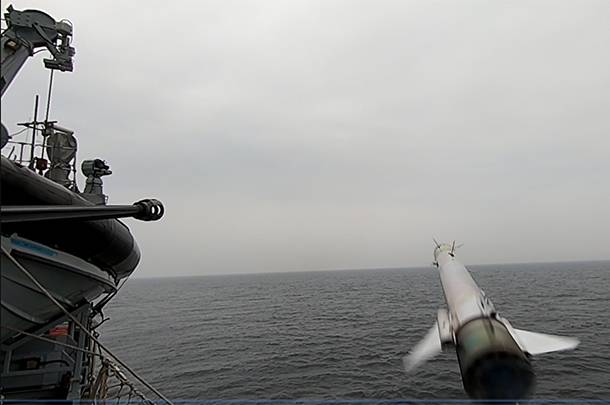
The main advantage of LMM is compatibility with different platforms. It simplifies the rearmament and supply of different types of troops, and also allows for more flexible defense in the near zone, hitting air and ground / surface targets. The Martlet differs from other rockets of its class in its optimized flight characteristics. So, by reducing the speed, it was possible to increase the range, and at the same time increase the time and simplify targeting by external means.
Of great interest is the combined guidance system. "Flying along the beam" when controlled from a carrier dramatically simplifies and reduces the cost of the rocket design, and also increases resistance to optoelectronic suppression. The infrared seeker, traditional for MANPADS, with all its advantages, has also been preserved. It works only on the final section of the trajectory, which reduces the requirements for it and also reduces the cost of the design.
However, there are also obvious problems. For example, guidance systems do not operate on a fire-and-forget basis, which complicates the use of missiles. The carrier helicopter or MANPADS operator must keep the laser beam on the target almost until the missile hits. This is not possible or safe in all situations.
Loss of visual contact with the target or other factors can disrupt the guidance before the IR seeker is included in the work. Smoke screens and even excessively dense clouds can become a hindrance at this stage. In the final section, guidance can be interfered with by false targets.
It should also be borne in mind that the missile as part of aviation and portable systems entered service not so long ago. Despite a long working out, it can keep certain "childhood illnesses". In addition, the operators of the complexes must have the necessary training and gain some experience.
New threat
The UK MoD wanted a light guided missile for helicopters, but then expanded its wishes. The industry coped with a more difficult task and managed to create a universal rocket for various carriers and complexes. The finished LMM product and related devices have been tested and entered service with both the UK and some foreign countries.
Right now, LMM / Martlet is being tested by practice, as part of the exercises of different countries and even during real battles. What conclusions can be drawn from the results of training and combat use is unknown. However, it is already clear that the new British missile can pose a danger - and it must be taken into account when organizing combat sorties and determining plans for the development of combat aviation.
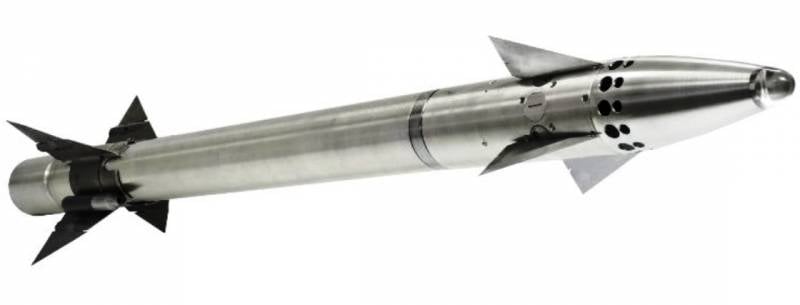

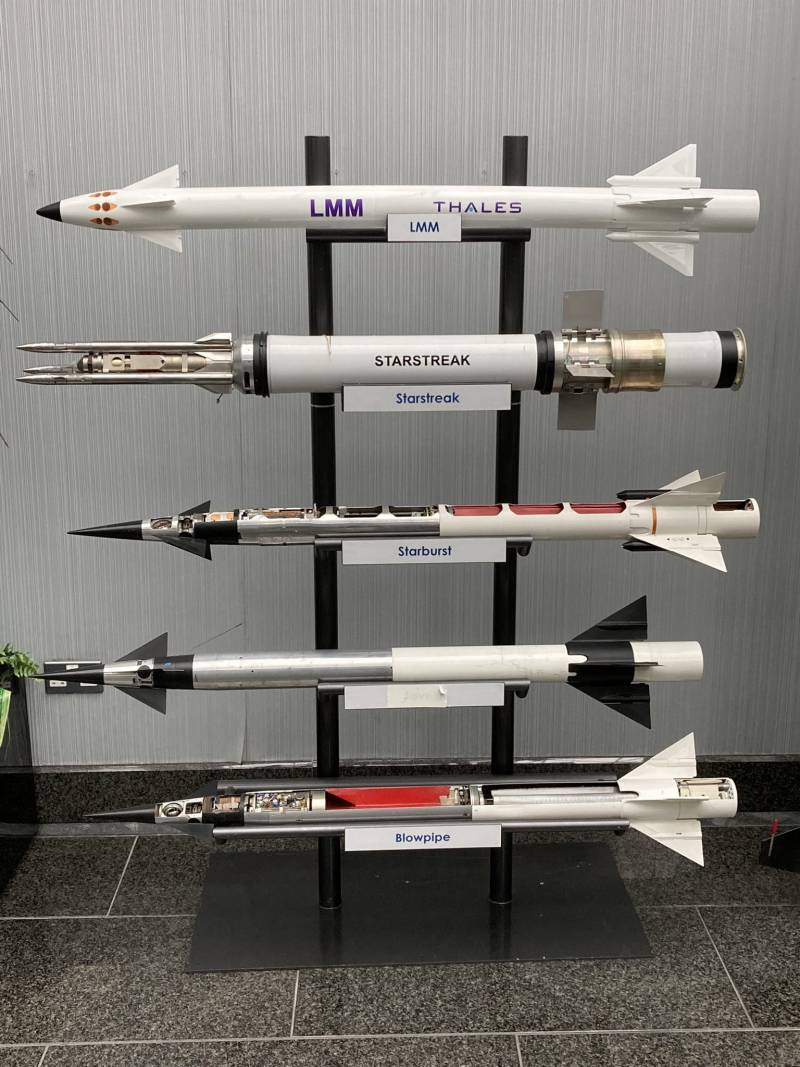
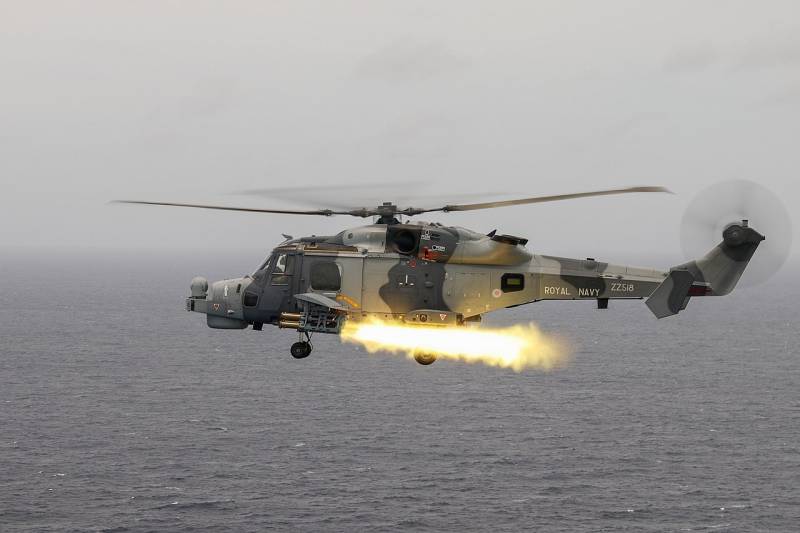
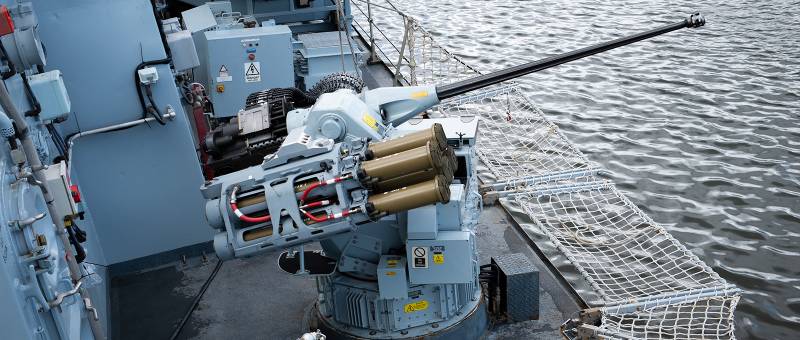
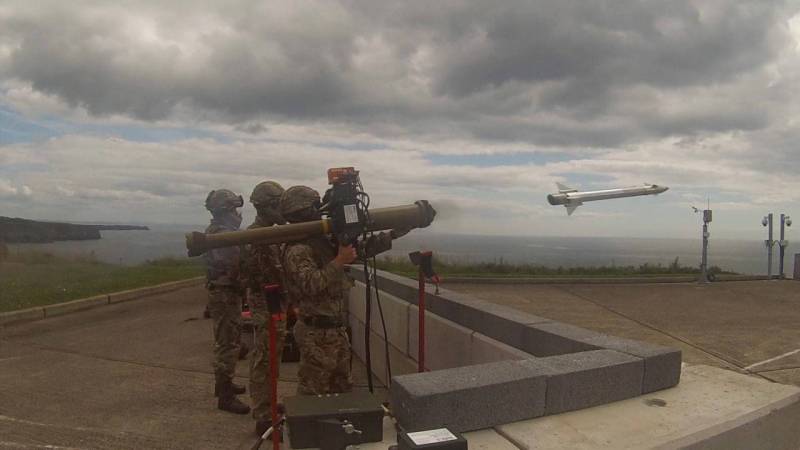
Information